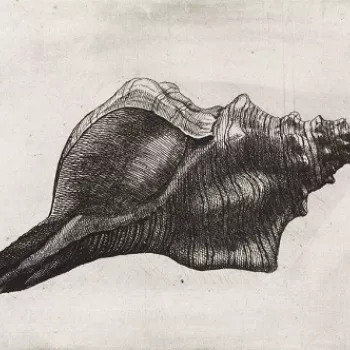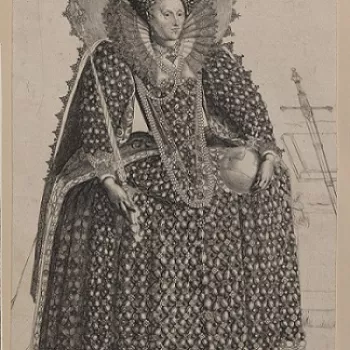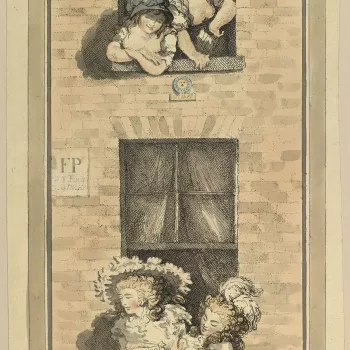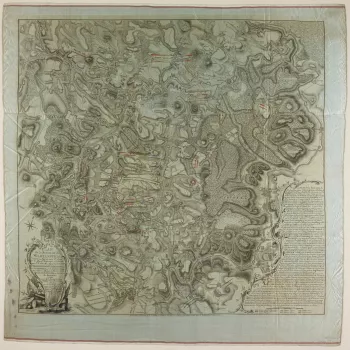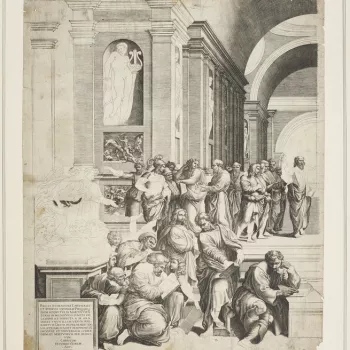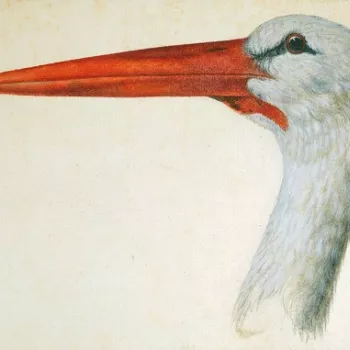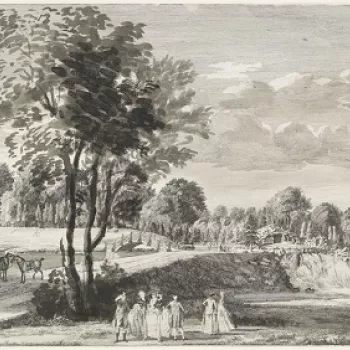This trail brings together 30 of the finest prints from the Royal Collection, drawn from over 100,000 prints acquired by monarchs over three and a half centuries. The fine art prints, portraits, topographical prints and maps reveal the extraordinary variety of prints in the Collection and explore the different techniques used to create them.
Among the highlights of the selection is a 2.3-metre-long woodcut by Albrecht Dürer, Triumphal Cart of the Emperor Maximilian, 1523. Originally planned as part of a huge printed frieze, it shows a procession celebrating the Holy Roman Emperor, Maximilian I. The greatest printmaker of the 16th century, Dürer was also a clever entrepreneur and achieved fame through the dissemination of his woodcuts and engravings in Europe and beyond.
The largest group of prints in the Royal Collection are the 20,000 'Engraved Royal Portraits', which cover every Royal House of Europe and are arranged by nationality, dynasty and sitter in 66 volumes and 30 portfolios. It includes many rare prints, such as an imposing mezzotint portrait of Charles II, c.1667, and unique working proofs, where the engraver has tried out his half-finished plate, such as Crispijn de Passe's portrait of Elizabeth I.
The Royal Collection contains almost 1,000 prints by royal artists, from the pioneering mezzotints of Prince Rupert of the Rhine in the 17th century, to the many etchings and lithographs produced by Queen Victoria and Prince Albert, keen amateur printmakers, two centuries later. They spent many evenings in the Print Room at Windsor, systematically rearranging the print collection by firelight. A pair of etchings by the royal couple of peasant figures, dated 13 January 1842, were clearly inspired by the sketches of Sir Edwin Landseer, who undertook many royal commissions.
George III was an avid collector of prints, in particular military maps. The 'King's Military' collection, comprising 4,000 printed and manuscript maps, records campaigns, sieges and fortifications across the world. An engraving of the battle of Yorktown of 1781 shows the final conflict of the American Revolutionary War and is George III's own impression of the print that marks the birth of a nation.





